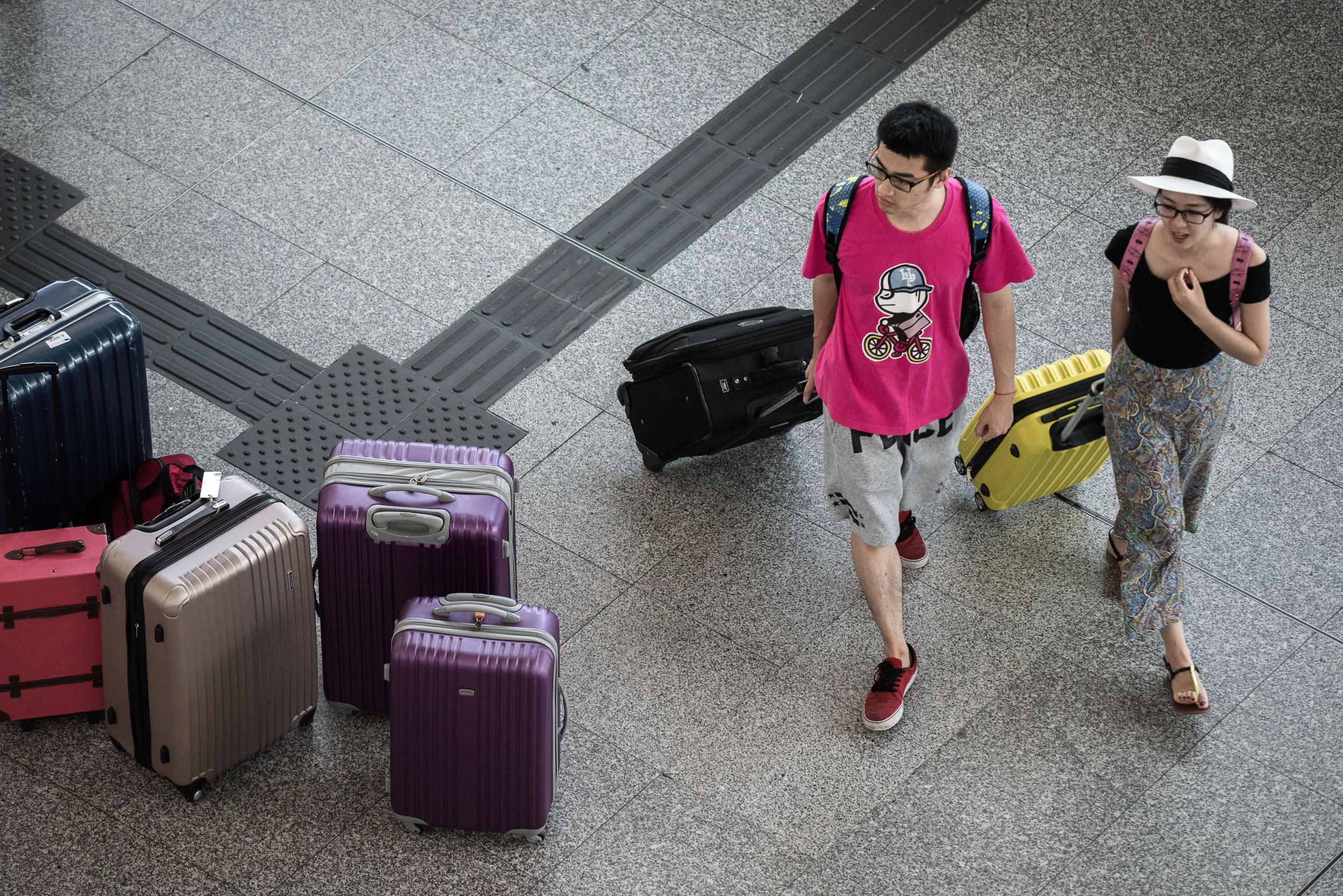International Women's Day 2017: Six women to thank every time you fly
Thought aviation was a man’s world? Think again. These six women transformed the way you fly today

Your support helps us to tell the story
From reproductive rights to climate change to Big Tech, The Independent is on the ground when the story is developing. Whether it's investigating the financials of Elon Musk's pro-Trump PAC or producing our latest documentary, 'The A Word', which shines a light on the American women fighting for reproductive rights, we know how important it is to parse out the facts from the messaging.
At such a critical moment in US history, we need reporters on the ground. Your donation allows us to keep sending journalists to speak to both sides of the story.
The Independent is trusted by Americans across the entire political spectrum. And unlike many other quality news outlets, we choose not to lock Americans out of our reporting and analysis with paywalls. We believe quality journalism should be available to everyone, paid for by those who can afford it.
Your support makes all the difference.We tend to think of aviation as a male-dominated industry, but plenty of women have broken glass ceilings to make a difference. To celebrate International Women’s Day 2017 here are six women who made the modern flying experience not only possible, but also comfortable and safe. Next time you fly, you know who to raise a glass to.

Debrilla M Ratchford: wheeled suitcases
When 25-year-old United Airlines flight attendant Debrilla Ratchford noticed her passengers were having trouble carrying their luggage through the airport, she set to work to find a solution. “I go in airports all over the country and see passengers struggling with their suitcases, lugging them out of cabs through the terminal all the way up the staircases,” Ratchford told the Washington Post in 1978. That year she received a patent for her solution: a luggage system consisting of a wheeled bag and a “skyhook” that allows additional bags to connect for easy portability. While luggage company executive Bernard Sadow was the first to think of attaching wheels to the bottom of a suitcase, it was Ratchford who expanded upon the concept, making them properly wheelable and suited to a public increasingly packing more bags. The easy-rolling cases we see all over airports today are adapted from her designs.

Miriam E Benjamin: cabin crew call light
When you’re stuck in a window seat but in need of a drink, thank Miriam E Benjamin for making the overhead call button possible. A teacher from Washington DC, Benjamin filed a patent in 1888 for a “Gong and Signal Chair for Hotels”, allowing guests in hotel bars and restaurants to summon waiters by pressing a button, which then lit a light attached to the chair. Benjamin became the second African-American woman to gain a US patent (following Judy W Reed’s 1884 invention of a dough kneader), and her system was quickly adapted by the US House of Representatives. The familiar “ding-dong” of the flight attendant call button on aeroplanes is simply her “Gong and Signal Chair” network brought to the skies.

Lupe Hernandez: hand sanitiser
Hand sanitiser isn’t an essential component of modern flying, but it should be. In 1966, Hernandez, a student nurse from Bakersfield, California, brainstormed ways to easily cleanse without the need of a sink, soap, or water. She settled on rubbing alcohol as a gel, which cleans by evaporating bacteria. While the classic combination of soap and water still proves most effective against spreading germs, Hernandez’s invention of hand sanitiser gel is now a must-have for any passenger wary of what lurks on aeroplane tray tables, arm rests and toilet door handles. Don’t want to catch norovirus on your flight? Thank Lupe.

Suzanne Golding: eye mask
Suzanne Golding knew that the key to surviving longhaul flying is a good rest on the plane. And the eyemasks you’re handed out today on long flights are down to her. In 1951 she invented a reusable, vaguely bra-shaped mask which would block out light. As evidenced from the flimsy masks handed out in amenity kits these days, not a whole lot has changed since Golding’s original invention.

Maria Beasley: life rafts
Emergency landings are something no one wants to think of, but life rafts – deployed during landings on water – were invented in 1880 by Maria Beasley of Philadelphia. A serial inventor, Beasley imagined her collapsible rafts with slatted bases for boats, and obviously today’s life rafts look slightly different from her designs, but modern versions of her raft are stowed in most commercial airliners today.

Hedy Lamarr: inflight WiFi
Yes, that Hedy Lamarr. The glamourpuss actress of Hollywood’s golden age was also a prolific inventor. Appropriately enough for the woman who starred in My Favourite Spy, her most famous discovery was frequency-hopping, spread-spectrum technology, which she patented in 1942 as a “Secret Communication System” originally designed to help Allied torpedoes reach their targets during World War II.
Sound familiar? That technology now forms the basis for wireless communication – everything from Bluetooth to GPS. Without her efforts 75 years ago, WiFi – and inflight WiFi – might not exist today. So next time you manage to update your Facebook from 38,000 feet or get ahead of work, you know who to thank.
Join our commenting forum
Join thought-provoking conversations, follow other Independent readers and see their replies
0Comments